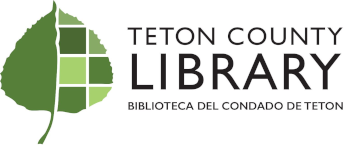How We Got to Now : Clean.
(eVideo)
Contributors
Published
[San Francisco, California, USA] : Kanopy Streaming, 2014.
Physical Description
1 online resource (1 video file, approximately 60 min.) : digital, .flv file, sound
Status
Summary
Loading Description...
Also in this Series
Checking series information...
More Details
Format
eVideo
Language
English
Notes
General Note
Title from title frames.
Date/Time and Place of Event
Originally produced by PBS in 2014.
Summary
Dirty water has killed more humans than all the wars of history combined, but in the last 150 years, a series of radical ideas, extraordinary innovations and unsung heroes have changed our world. Johnson plunges into a sewer to understand what made a maverick engineer decide to lift the city of Chicago with screw jacks in order to build America’s first sewer system. He talks about John Leal, who deliberately “poisoned” the water supply of 200,000 people when, without authorization, he added chlorine, considered lethal in 1908, into Jersey City’s water and made it safe to drink. This isn’t only about the world becoming a cleaner place — the iPhone, the subway, flat screen TVs and even the bikini are the result of the valiant efforts of the unsung heroes of clean.
System Details
Mode of access: World Wide Web.
Citations
APA Citation, 7th Edition (style guide)
Lovering, P., Stacey, N., & Johnson, S. (2014). How We Got to Now: Clean . Kanopy Streaming.
Chicago / Turabian - Author Date Citation, 17th Edition (style guide)Lovering, Peter, Nic, Stacey and Steven Johnson. 2014. How We Got to Now: Clean. Kanopy Streaming.
Chicago / Turabian - Humanities (Notes and Bibliography) Citation, 17th Edition (style guide)Lovering, Peter, Nic, Stacey and Steven Johnson. How We Got to Now: Clean Kanopy Streaming, 2014.
MLA Citation, 9th Edition (style guide)Lovering, Peter,, Nic Stacey, and Steven Johnson. How We Got to Now: Clean Kanopy Streaming, 2014.
Note! Citations contain only title, author, edition, publisher, and year published. Citations should be used as a guideline and should be double checked for accuracy. Citation formats are based on standards as of August 2021.

